The Japanese mountain that is a magnet for UFOs
The Japanese mountain that is a magnet for UFOs: Remote village says it is a ‘home to aliens’ after repeated mysterious sightings over four decades
- A remote, mysterious mountain village has become a hotspot for alien sightings
- Stories of flying saucers landing in the region date back all the way to 1803
A towering, conical mountain that compasses cannot understand. Sphinx-shaped megaliths arranged nearby in a pattern. Strange ancient ruins of a forgotten civilisation surrounded by wilderness.
The 1,515ft Senganmori mountain in Fukushima prefecture is shrouded in mystery.
Outside of Japan, Fukushima is best known as the region worst hit by the devastating 2011 Tohoku tsunami, which caused nuclear reactors to go into meltdown and spawned many tall tales of mutant plants and insects across the prefecture.
But for over 30 years, the isolated village of Iino – on the side of Senganmori mountain – has has also been associated with extra-terrestrial mysteries, with tens of thousands of travellers making the pilgrimage each year to see for themselves.
In an ordinary town in rural Japan, enthusiasts claim to have recovered 3,000 items of alien origin, connected to centuries of mythology around an ancient mountain.
MailOnline investigates the secrets of Senganmori.
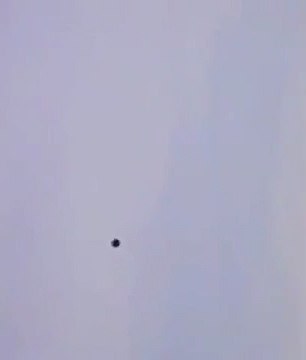
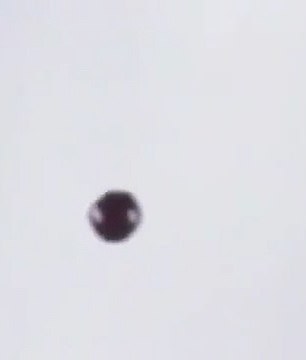
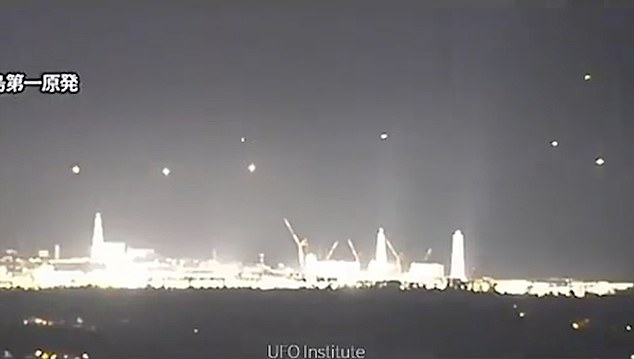
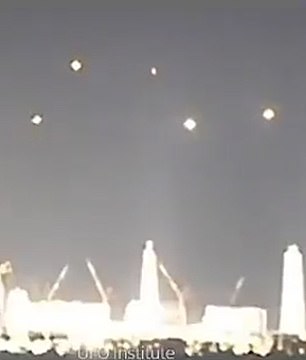
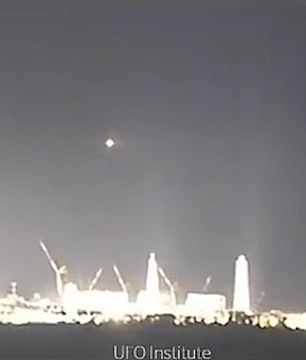
The story starts in the 1972. A large light-emitting cone-shaped object is reported by witnesses near the mysterious Mount Senganmori. At the age of 25, Tsugio Kinoshita is convinced he has seen something otherworldly while hiking with friends.
‘This thing stuck out in front of me,’ he told VICE World News last year. ‘Starting and stopping in the blue sky. Then all of a sudden, it was gone.’
After the sighting, Kinoshita would go on to dedicate his life to the research of unidentified flying objects.
In the years since, the tiny ‘town’ of Iino (now integrated with the city of Fukushima) has steadily grown into a hotspot for alien sightings and enthusiasts.
Since 1992, the pink, UFO-shaped Fureaikan museum on the side of the mountain has collected and curated 3,000 artefacts – possible evidence of extra-terrestrial life.
These reportedly include classified CIA documents containing records of UFO research.
The museum itself was helped to thrive with government funding, handed out between 1988 and 1989.
These days, some 30,000 people each year make the pilgrimage to the museum, which residents have built their community around.
The stories of an isolated village built around a mountain, itself rumoured to be an artificial pyramid of ancient design, or an underground alien airbase, have helped build a tourism industry from scratch within a generation.
The village even has a mascot – a little grey alien with big, dark eyes – who appears in different statue forms around the town to guide tourists to the summit.
But for many, this is not tourist trap. Iino provides believers with a foundation of research and investigation from which to understand their beliefs.
Speaking to Fukushima residents in 2020, a Japan Forward reporter was told: ‘Senganmori is no joke. They (UFOs) really show up in the area…’
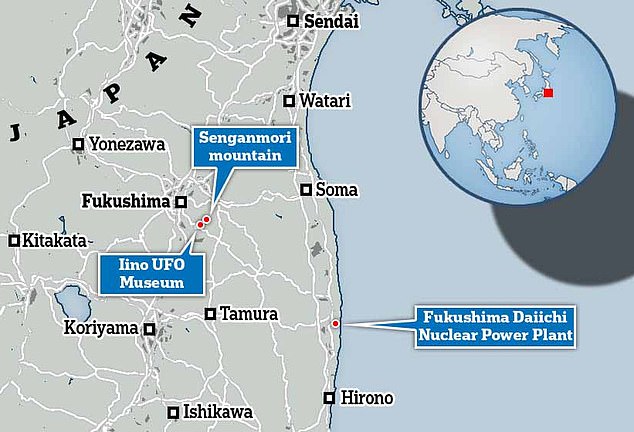
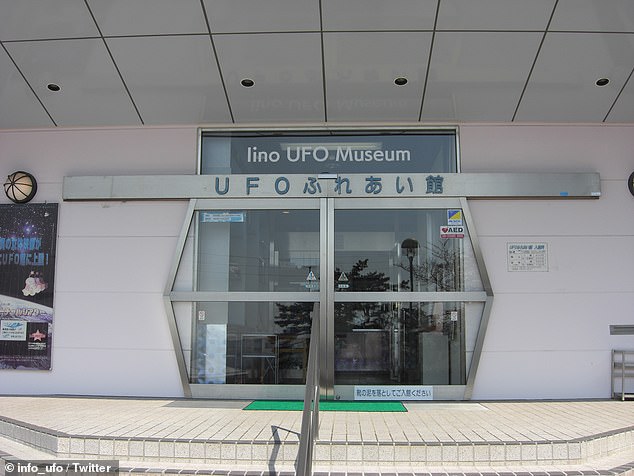
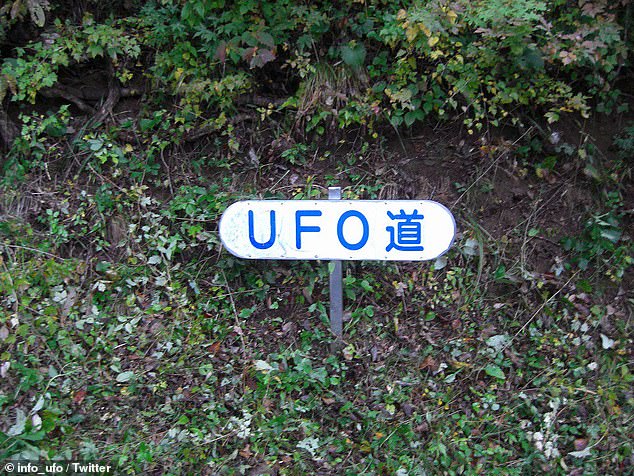
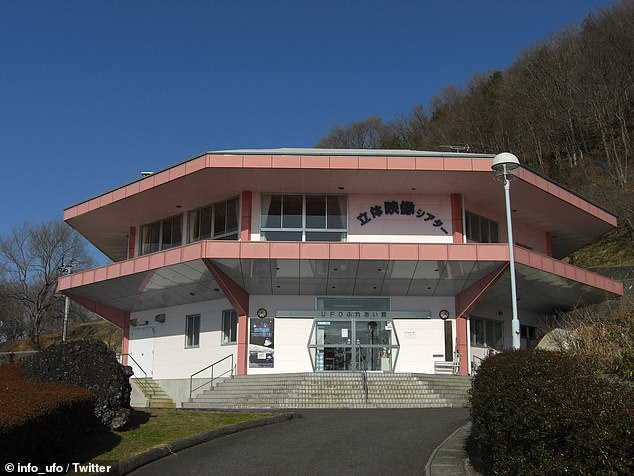
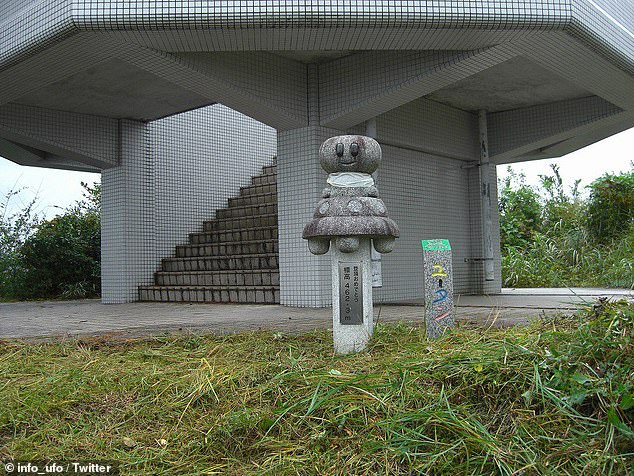
In 2021 the town became home to the International UFO Lab, a national first set up to collect and share reports of sightings after Japan issued guidelines on the research of ‘aerial occurrences’.
As the population has halved from 9,500 in 1955, the new tourism industry has helped put Iino back on the map; the lab was one small step for Japan, but a giant leap for a town left-behind, now welcoming in six times its population in tourists each year.
The revived interest has motivated the lab’s staff to maintain records and blogs of the area’s extraterrestrial history and mythology.
They reason that the ‘mysterious pyramid-like shape of Senganmori and the strong magnetic field in its underground part are related’, and the mountain acts as a kind of antennae for space visitors.
Or, they suggest: the strange sphinxes around the mountain all form a ‘ley line’, supposedly an ancient track used to guide alien travellers.
They note the mountain is dotted with ‘direction stones’ all joined up with ancient burial mounds and shrines to steer flying visitors in the right direction.
Of course the village profits from its unique industry. But its analysts clearly do believe in the importance of collating and retelling stories of alien encounters from around the world.
The village website published last year, in Japanese: ‘Information dissemination is essential, and I believe that it is important to always strive for transparency rather than putting a lid on smelly things.’
And this is what they have done.
In August 2021, the UFO Lab was cited as an authority who ‘authenticated‘ the sighting of a possible flying saucer photographed by an elementary school first-grader.
The photo shows a disk shaped object at Senganmori mountain.
The director of the lab said at a news conference on 25 June last year that the objects in the photos were not aeroplanes or helicopters.
In 2022 alone, they received 452 reports of sightings in and around Japan. They were able to authenticate that evidence had not been doctored in 149 of the cases.
The authority to do this is built up an extensive collection of some 935 declassified CIA documents, gifted from UFO researcher Kinichi Arai, recounting stories of sightings from all over the world through the last century.
When Arai died in 2002, the corpus was transferred from a UFO library to the village’s museum, providing a strong backbone for research into alien trends.
Steadily, the museum has built a trusted reputation for identifying and validating claims of alien life.
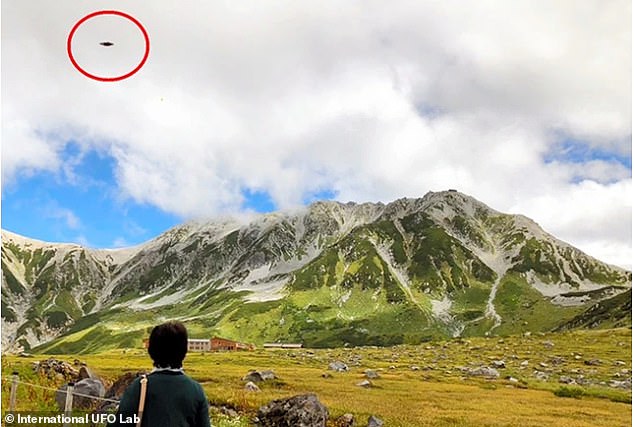
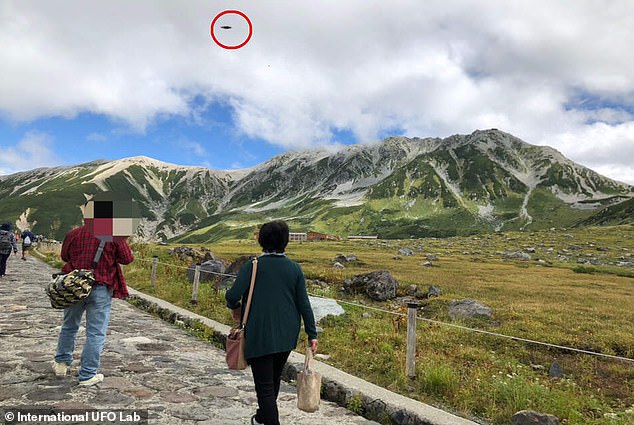

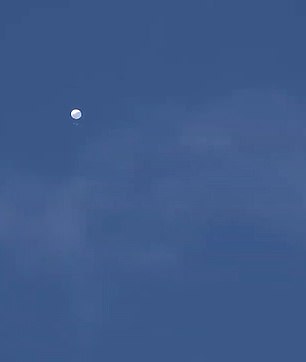

The town of Iino has been hit hard by falling birth rates and people leaving the prefecture since the devastating 2011 tsunami.
This left the town a shell of itself, with villagers getting steadily older and businesses closing their doors with nobody to buy from them.
But interest in extra-terrestrial life, and backing from the government, has helped Iino make the most of Senganmori’s secrets, attracting visitors from far and wide.
Cynics might look at the lab and the museum and the tourist trinkets and laugh off the tales of a mysterious mountain home to alien life.
But Iino’s flourishing tourism industry only exists because centuries of stories around Senganmori were already there to make generations wonder what caused so many space oddities to line up in one place.
For those who claim to have witnessed UFOs in the region, it is a deeply personal experience that lines up with many others.
Lab director Toshio Kanno said: ‘I’m not one to disregard other people’s stories.
‘First and foremost, I listen to what people have to say; then I draw what I can draw, transcribe what I can transcribe, and last, I build a handmade newspaper.’
The tourism side does not make much money, Kanno says. But that isn’t the point. It is place for those who believe to share their stories and feel heard.
On the side of Senganmori mountain, villagers today pay tribute to its secrets by recording and preserving the rich and unanswerable stories passed down and believed for generations.
While the details of these myths may never be fully understood, the work of a few committed enthusiasts, shaped by their own experiences, brings our world, day by day, a little closer to others.
This article has been archived for your research. The original version from Daily Mail can be found here.


